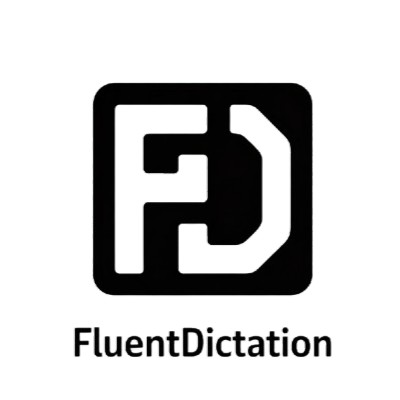Learn English | Reading for Vocabulary | Level A | Lesson 01 | Brian Stuart (미국교과서) (영어 강의) – YouTube Dictation Transcript & Vocabulary
مرحبًا بك في FluentDictation — أفضل موقع لإملاء YouTube لتعلم الإنجليزية. أتقن هذا الفيديو بمستوى B2 باستخدام النص التفاعلي وأدوات التظليل لدينا. لقد قسمنا "Learn English | Reading for Vocabulary | Level A | Lesson 01 | Brian Stuart (미국교과서) (영어 강의)" إلى مقاطع قصيرة مثالية لتمارين الإملاء وتحسين النطق. اقرأ النص المشروح وتعلم المفردات الأساسية وحسّن مهارة الاستماع لديك. 👉 ابدأ الإملاء
انضم إلى آلاف المتعلمين الذين يستخدمون أداة إملاء YouTube الخاصة بنا لتحسين مهارات الاستماع والكتابة بالإنجليزية.

📺 Click to play this educational video. Best viewed with captions enabled for dictation practice.
نص تفاعلي وإضاءات
💡 Tap the highlighted words to see definitions and examples
المفردات الرئيسية (CEFR B2)
| كلمة | CEFR | تعريف |
|---|
تريد المزيد من تمارين إملاء YouTube؟ قم بزيارة مركز التدريب.
تريد ترجمة متعددة اللغات في وقت واحد؟ قم بزيارةWant to translate multiple languages at once? Visit our مترجم متعدد اللغات.
نصائح القواعد والنطق للإملاء
Chunking
انتبه لتوقف المتحدث بعد العبارات لمساعدتك على الفهم.
Linking
استمع للنطق المتصل عندما تندمج الكلمات.
Intonation
ركز على تغييرات النغمة التي تبرز المعلومات المهمة.
تحليل مستوى الصعوبة وإحصائيات الفيديو
مواد الإملاء القابلة للتحميل
Download Study Materials
Download these resources to practice offline. The transcript helps with reading comprehension, SRT subtitles work with video players, and the vocabulary list is perfect for flashcard apps.
Ready to practice?
Start your dictation practice now with this video and improve your English listening skills.
